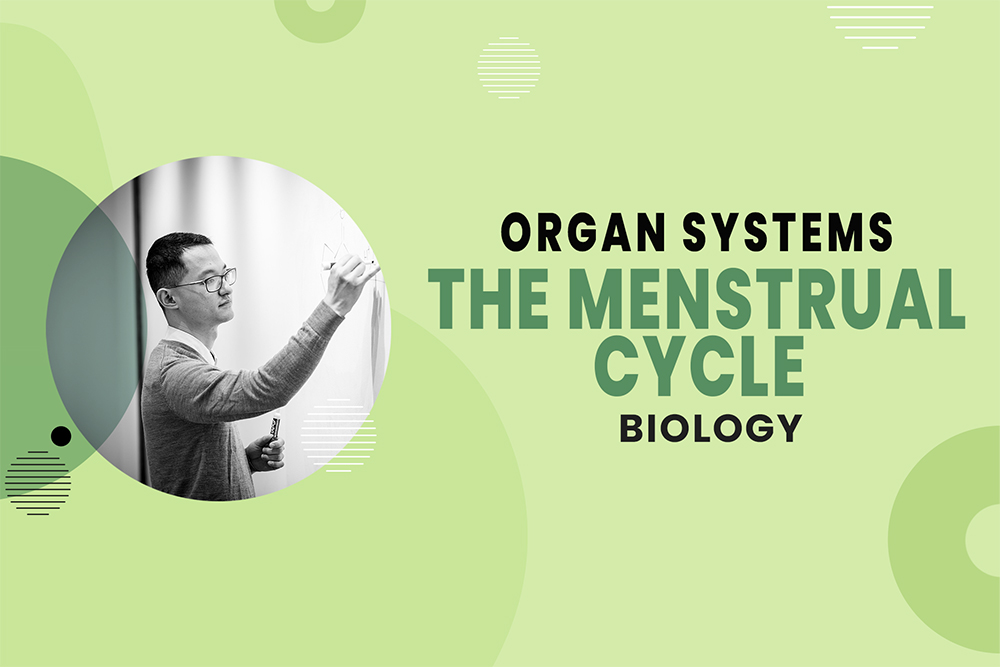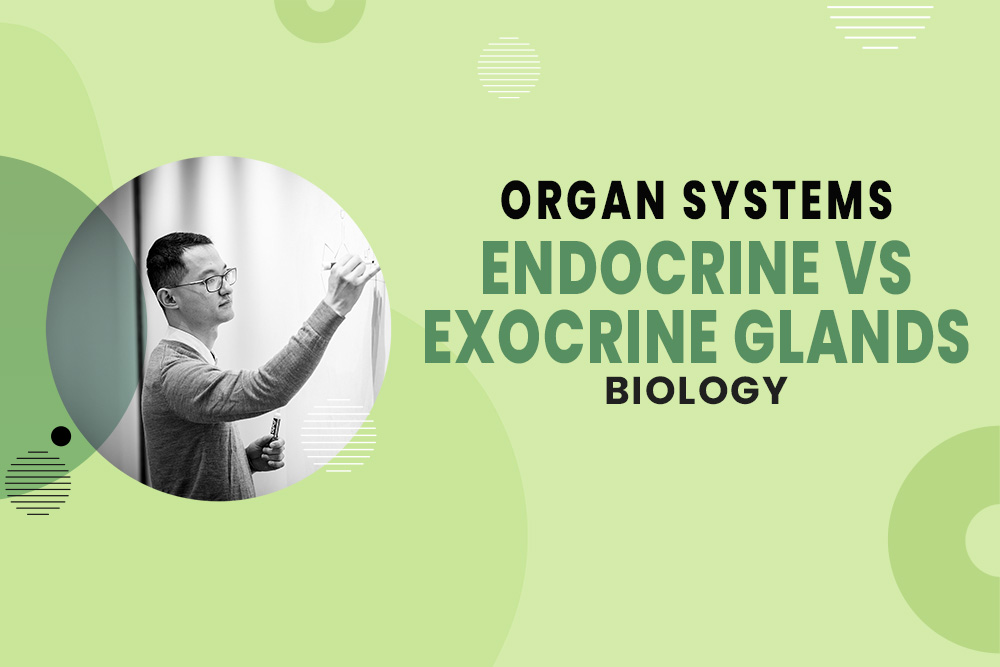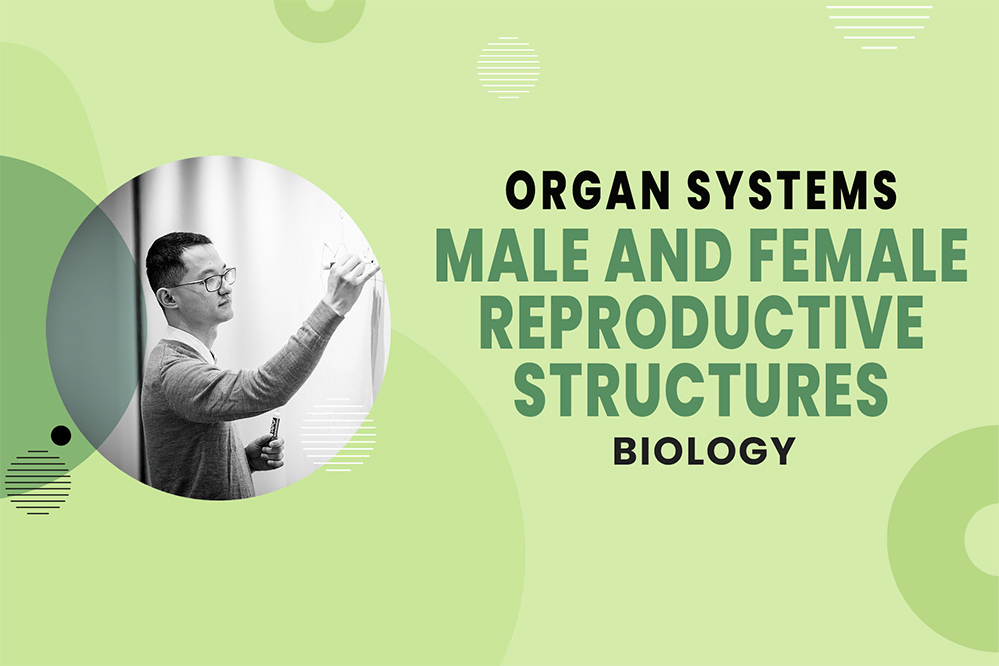What is the function of follicle-stimulating hormone in females?
a) Promote immature follicle growth in the ovaries
b) Increase the metabolic rate
c) Promote milk production in the breasts
d) Stimulate the ovaries to secrete LH
Get 1-on-1 MCAT Tutoring From a Specialist
With MCAT tutoring from MedSchoolCoach, we are committed to help you prepare, excel, and optimize your ideal score on the MCAT exam.
For each student we work with, we learn about their learning style, content knowledge, and goals. We match them with the most suitable tutor and conduct online sessions that make them feel as if they are in the classroom. Each session is recorded, plus with access to whiteboard notes. We focus on high-yield topics if you're pressed for time. If you have more time or high-score goals, we meticulously cover the entire MCAT syllabus.
Sexual Development in Males and Females
In both males and females, sexual developmental changes usually occur at the onset of puberty. These changes are signaled by the release of hormones from the brain to the ovaries in girls and the testes in boys. In particular, the hypothalamus begins to release pulses of gonadotropin-releasing hormones (GnRH), and the pituitary gland responds by secreting luteinizing hormone (LH) and follicle stimulating hormone (FSH) into circulation. The male and female gonads are then stimulated to release testosterone and estradiol, respectively. These hormones will produce various bodily changes indicative of male and female puberty.
Male Sexual Development
In males, when the hypothalamus secretes GnRH, it does so at a constant frequency. GnRH, in turn, acts on the anterior pituitary, which is then stimulated to release LH and FSH. Both LH and FSH travel to the testes, triggering spermatogenesis, which is the production of sperm cells, and also the release of testosterone. Testosterone release results in the development of secondary sex characteristics, such as the growth of body hairs in different regions of the body, enlargement of the larynx, which results in a deepening of the voice, the broadening of the shoulders, and several other alterations. It is important to note that the first physical manifestations of puberty in males are the enlargement of the testicles and scrotum.
Furthermore, testosterone, along with its hormonal activity of inducing sexual development in males, acts upon the hypothalamus and anterior pituitary, inhibiting their function. In this way, it stops the hypothalamus from releasing GnRH and the anterior pituitary from releasing LH and FSH. This type of regulation is known as negative feedback.
Female Sexual Development
At the onset of sexual development in females, the hypothalamus releases GnRH just like in males. However, unlike in males, the pulses are not at a constant frequency and vary depending on the menstrual cycle. This variation means that at times there will be a higher frequency of GnRH pulses, and at other times a lower frequency. Similar to males, GnRH acts on the anterior pituitary to release LH and FSH. The LH and FSH, in turn, act on the ovaries to stimulate folliculogenesis or maturation of the follicles. Initially, the follicles are tiny, however, with the help of LH and FSH, they will mature and develop into larger structures.
In addition to follicle development, LH and FSH will stimulate the ovaries to release estrogen, as well as progesterone. Estrogen will result in the development of female secondary sex characteristics, such as the development of hair in different parts of the body, the growth of breasts, the widening of the hips, and other changes. The first physical manifestations of puberty in females is the appearance of a small lump under one or both of the areola of the breasts. This change is known as thelarche, and usually occurs around age 10.
Furthermore, similar to testosterone in males, estrogen, and progesterone will feedback onto the anterior pituitary and hypothalamus. This feedback mechanism will inhibit the release of GnRH from the hypothalamus and LH and FSH from the anterior pituitary. In females, the process of sexual development is complicated more by the menstrual cycle. However, it is important to understand the basic process.
Explore More
MCAT Masterclass Chapters
Take a closer look at our entire MCAT Masterclass or explore our lessons below.
- The Menstrual Cycle View Subject
- Hypothalamus and Pituitary Gland View Subject
- Endocrine vs Exocrine Glands View Subject
- Male & Female Reproductive Structures View Subject
- Digestive System Anatomy & Function View Subject
- Nervous System Structure & Function - MCAT Biology View Subject




